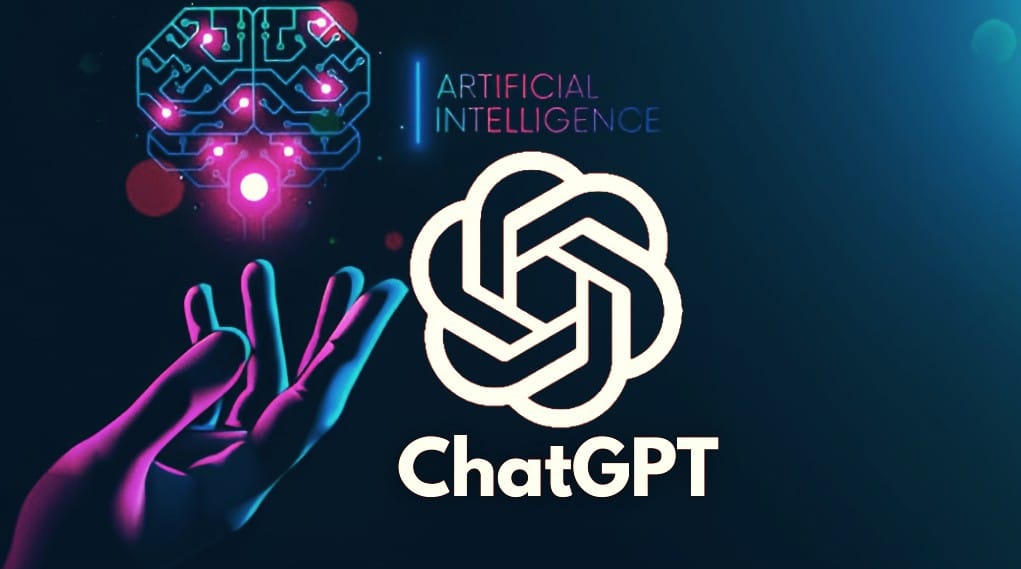
Generative artificial intelligence (AI) like ChatGPT is the tech industry’s hottest tool expected to revolutionize trillion-dollar businesses, but what does its carbon footprint mean for the planet?
Generative refers to the ability of an AI algorithm or model to produce complex data. These include creating a sentence or a paragraph, generating an image or a short video.
While generative AI has long been used in applications, it only recently improved to produce human-like language and realistic images. It is booming, and so too its carbon emissions.
Generative AI’s Carbon Footprint
Though it’s hard to measure the exact energy cost of AI models, their carbon footprint is growing alarmingly. They use more energy than other types of computing.
In fact, training a single AI model can consume more electricity than one hundred American homes use in one year. And the sector is growing so rapidly and their models are not cheap to train.
Their emissions vary a lot, depending on the type of source that powers the technology. For instance, a data center that is run by a coal or gas-fired power plant will have more CO2 emissions than one that gets power from renewable energy sources.
Greater Power Means Greater Energy
While the specific energy use for an AI model remains unknown, generally it includes the footprint used in making the computing equipment, creating the AI model, and using it.
Some estimations, however, exist in an attempt to grasp how huge the technology’s CO2 footprint is.
As reported by the MIT Technology Review, training a single AI model can emit 626,000+ pounds of CO2 equivalent. Putting that in context, it’s about 5x the lifetime carbon emissions of an average passenger car.
And the more powerful the AI model, the more energy it needs.
In a 2019 study, researchers found that making BERT, a generative AI with 110 million parameters, used the same energy as 1 person consumed in a roundtrip transcontinental flight.
AI model’s number of parameters refers to their size. The larger the model’s size, the bigger its footprint.
Indeed, making the much bigger model, the GPT-3 with 175 billion parameters, emitted over 550 tons of CO2e while consuming 1,287 MW hours of electricity, per computer scientist Kate Saenko. It’s the same amount of emissions as a single person taking 550 roundtrip flights between New York and San Francisco.
And that doesn’t even include other sources of emissions, only getting the AI ready to use.
AI Query like ChatGPT Emits More CO2
While generative AI models used to be available only for researchers, OpenAI’s release of ChatGPT alters that. Along with the sector’s carbon footprint.
There’s a lack of information on the CO2 emissions of a single generative AI query. But industry estimates show it is 4x to 5x bigger than that of a search engine query. One Google search emits about 0.2g of CO2.
ChatGPT had seen more than 1.5 billion visits in March 2023 alone.
Saenko asserts the exponential growth of this AI tool as tech giants integrate them into their search engines saying:
“As chatbots and image generators become more popular, and as Google and Microsoft incorporate AI language models into their search engines, the number of queries they receive each day could grow exponentially.”
The Chinese search company Baidu has also announced plans to do the same.
ChatGPT and other AI assistants have many other uses than search. They can also write, solve math problems, and create marketing campaigns.
The carbon emissions of building ChatGPT is not known publicly, but it’s more likely higher than GPT-3’s footprint, per Saenko. And since ChatGPT has to be updated, it can process data only until 2021, its emissions will increase even more.
Yet, generative AI’s carbon footprint can be reduced.
A “Greener” Chatbot
A study by Google found that using a more efficient AI model architecture, processor and a greener data center can reduce the tech’s carbon footprint by 100x to 1,000x.
Greener data center means using power from renewable energy sources like solar or wind farms.
AI developers can also schedule computation at times when renewable sources are more available. This can cut AI’s carbon footprint by as much as 30% to 40%, compared to using a fossil fuel powered-grid.
But the more pressing concern to address is to make data on generative AI model’s carbon footprint more publicly available. This is crucial to know the sector’s real impact on the environment and base emission reduction efforts from there.
- SEO Powered Content & PR Distribution. Get Amplified Today.
- PlatoAiStream. Web3 Data Intelligence. Knowledge Amplified. Access Here.
- Minting the Future w Adryenn Ashley. Access Here.
- Buy and Sell Shares in PRE-IPO Companies with PREIPO®. Access Here.
- Source: https://carboncredits.com/how-big-is-the-co2-footprint-of-ai-models-chatgpts-emissions/



